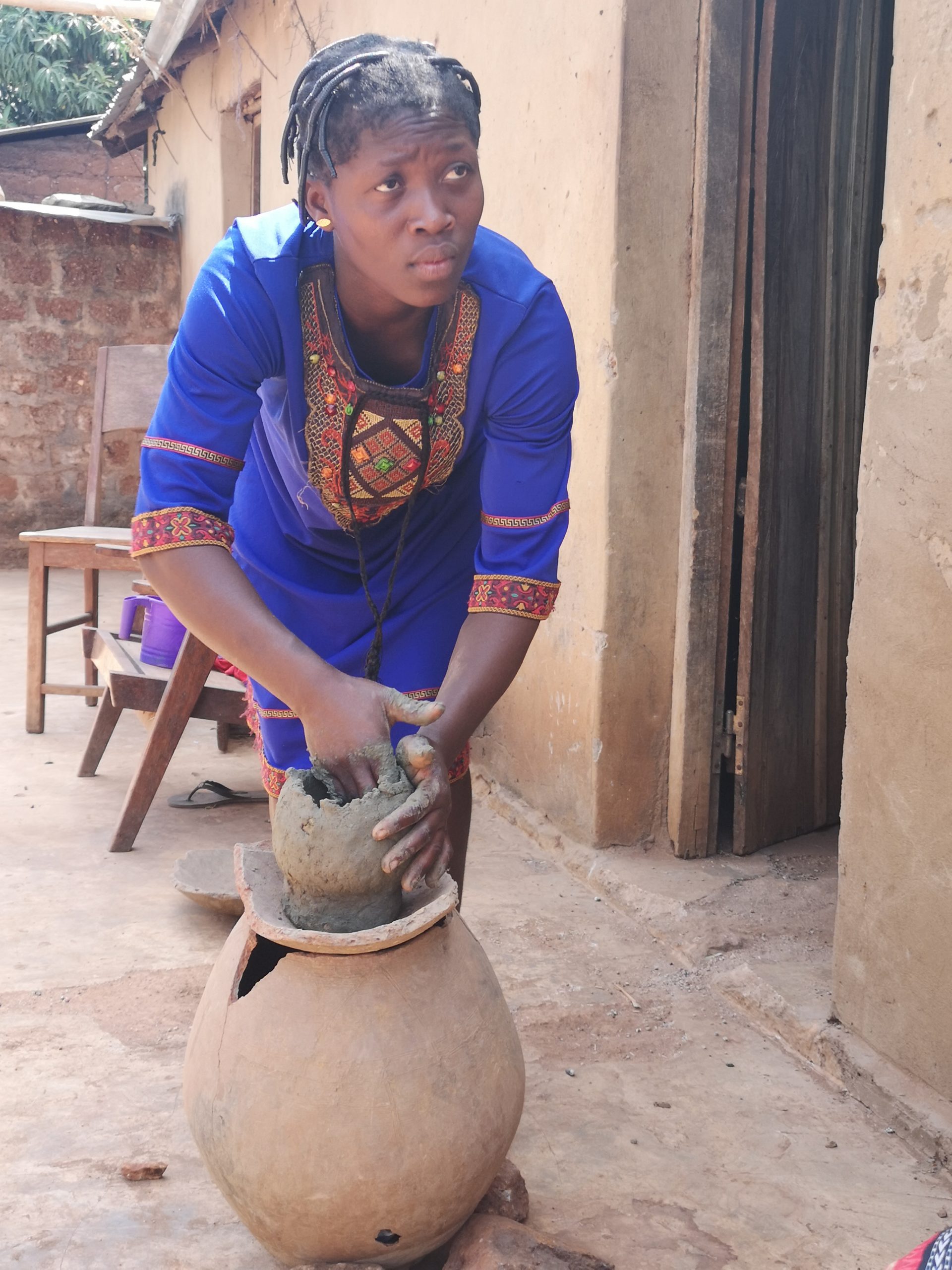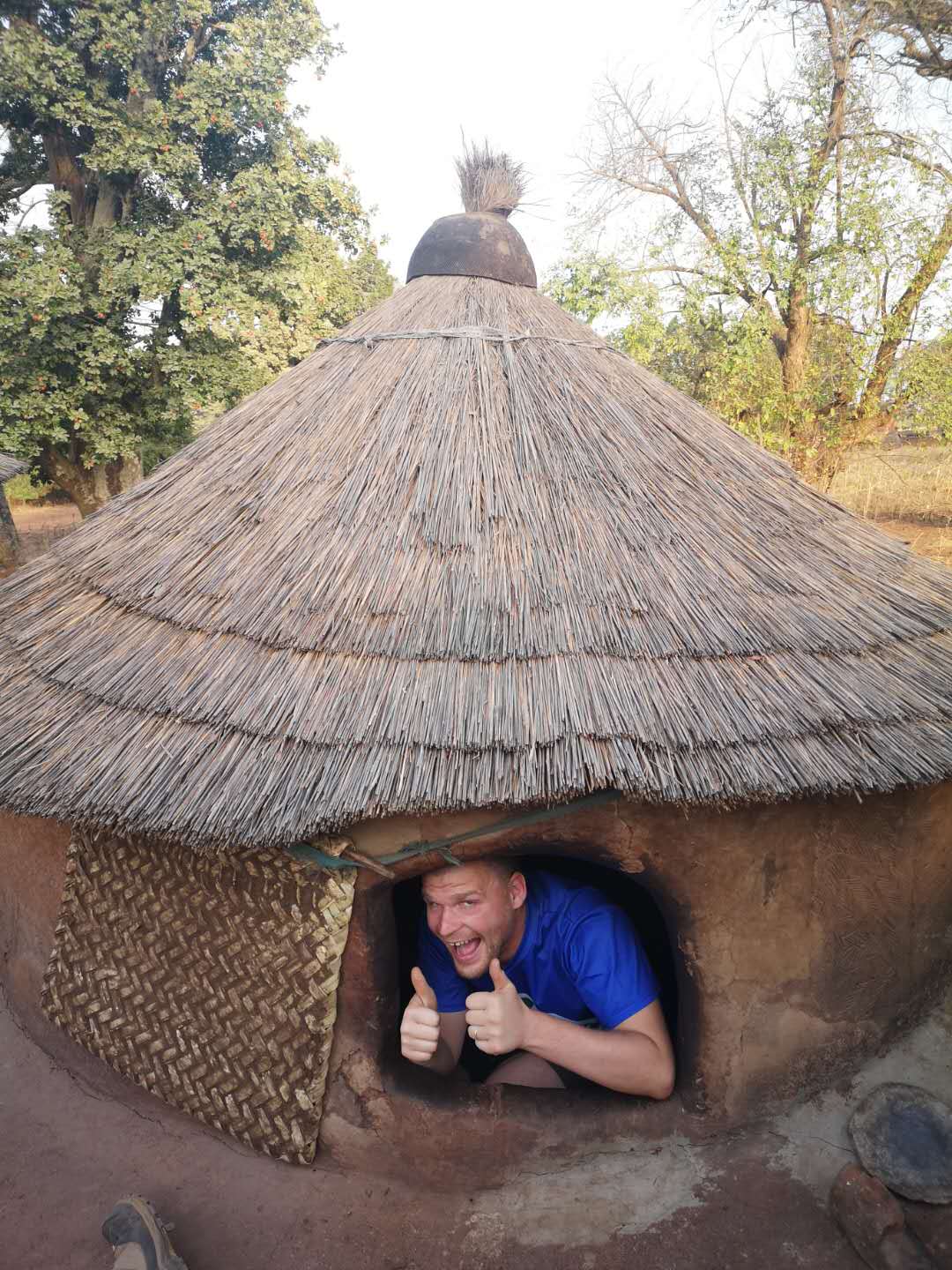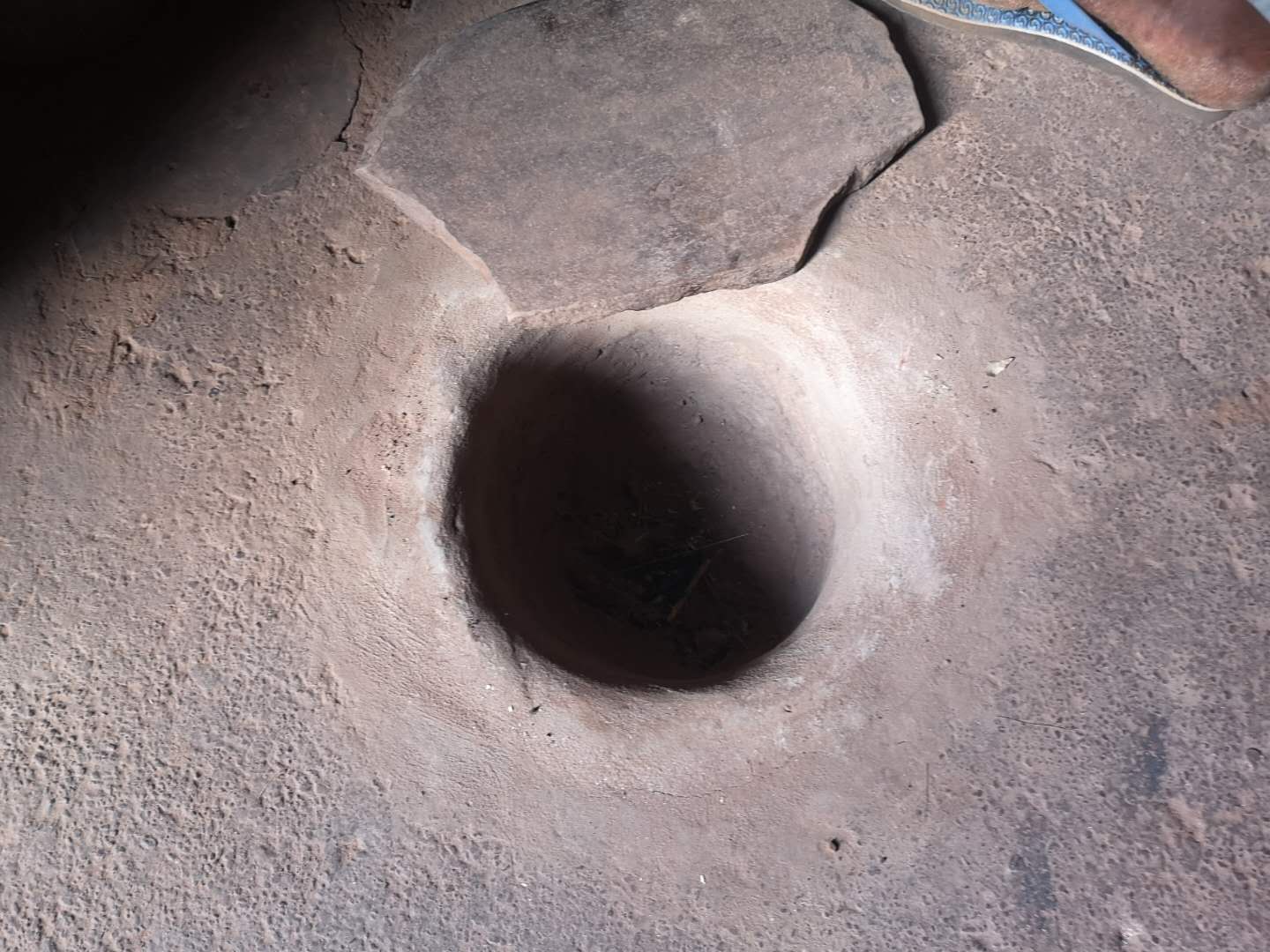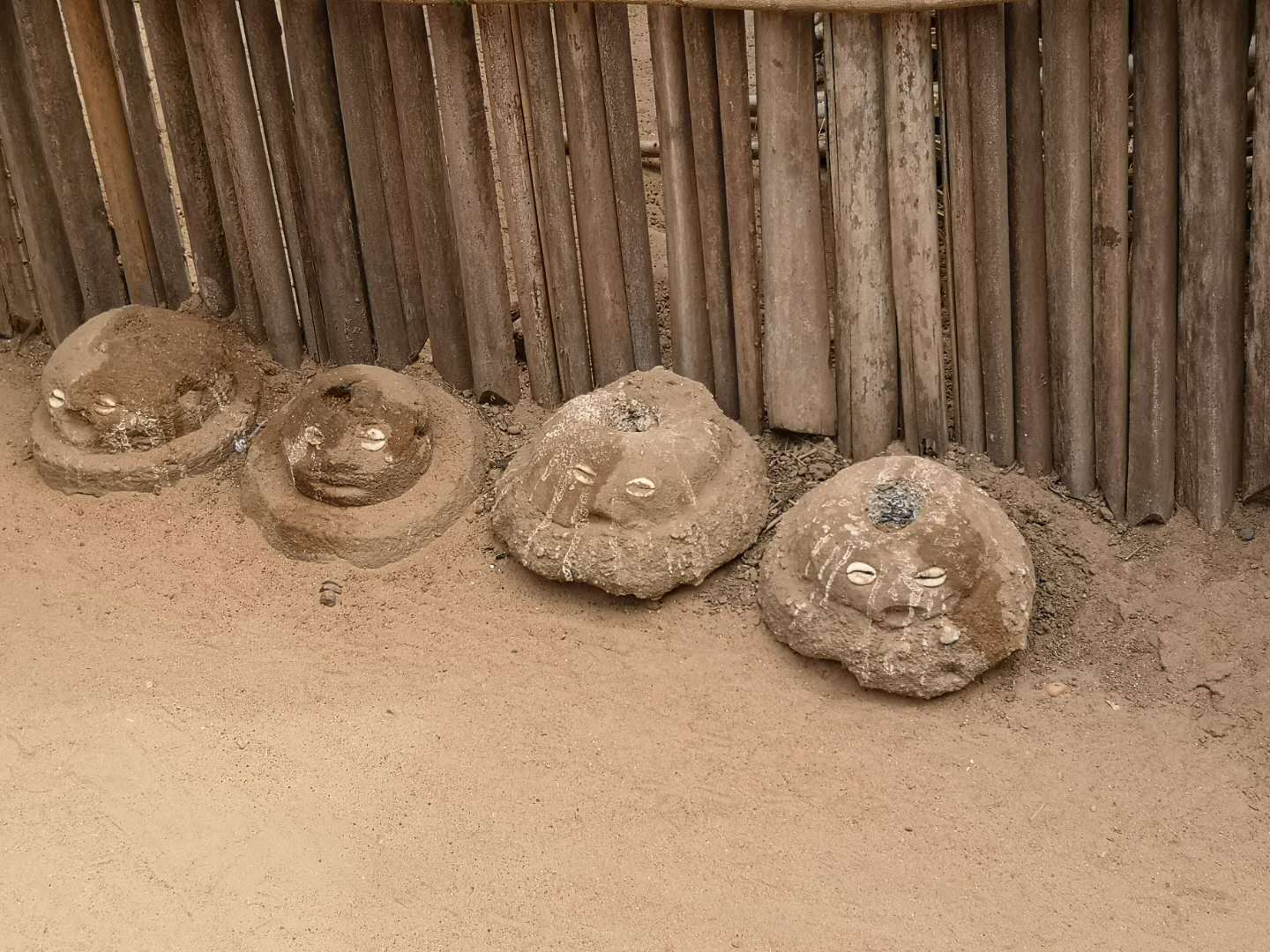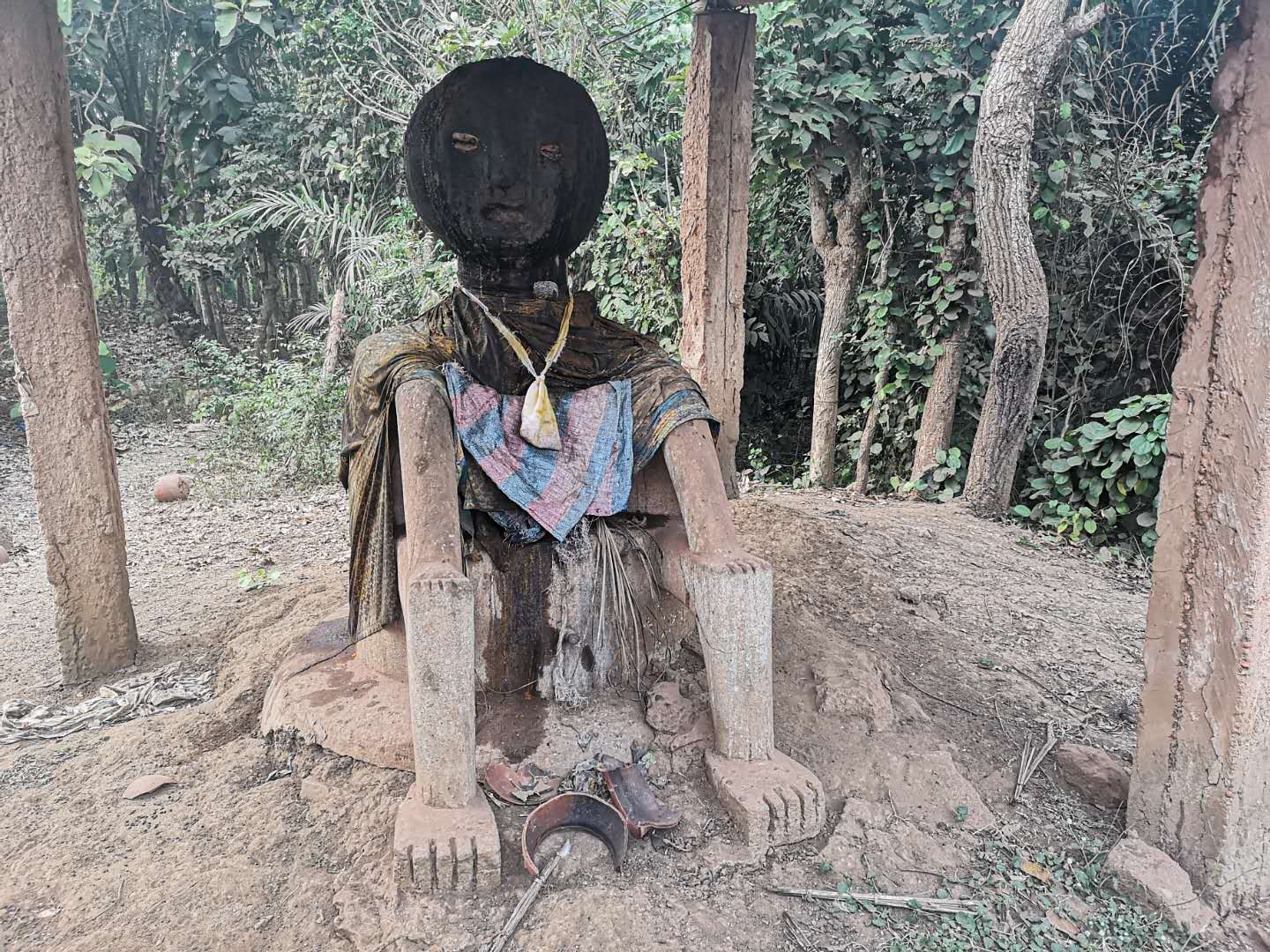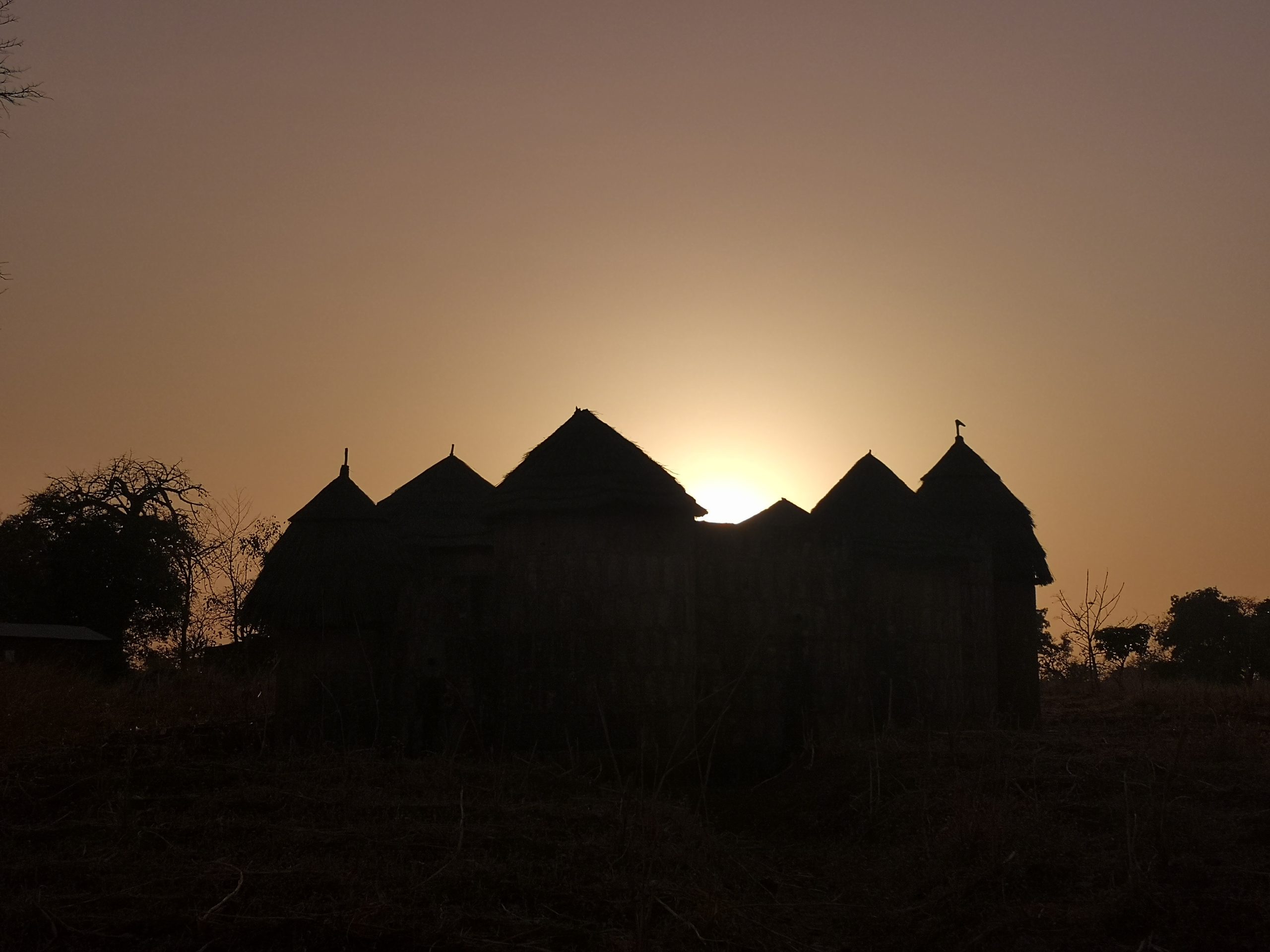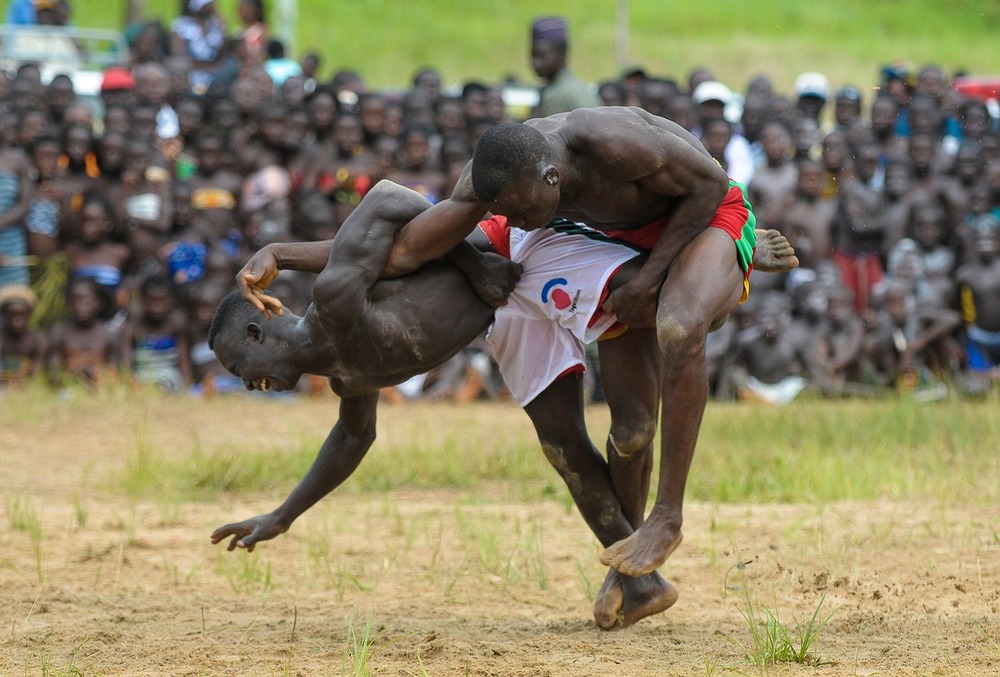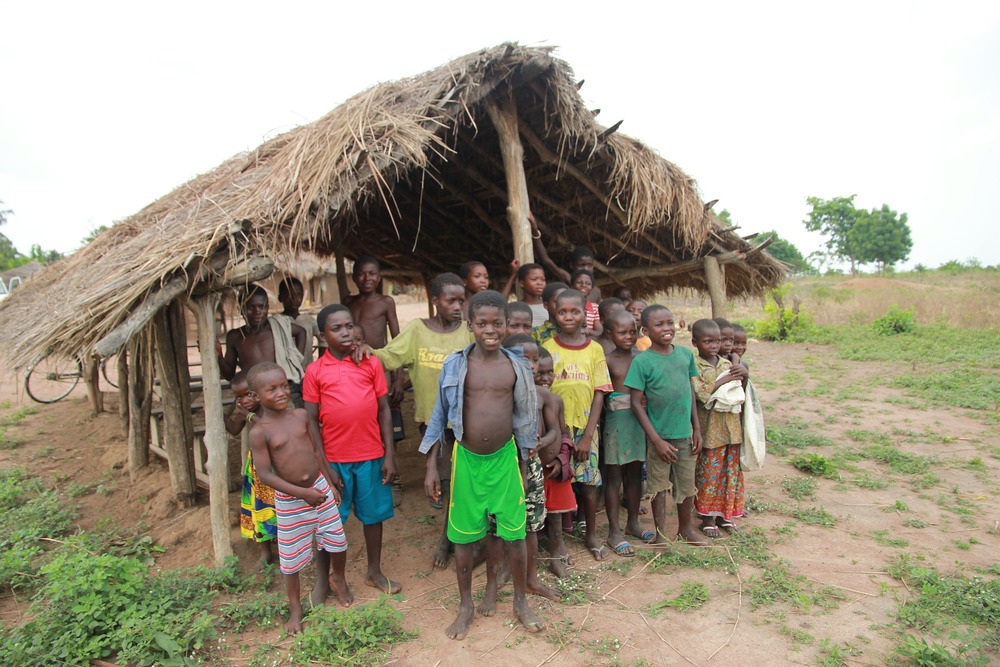YPT Tours to Togo
YPT will offer our inaugural Togo tour in 2025, as part of our “Voodoo Trails Tour”.
Despite being smaller than the Netherlands, this French-speaking country in West Africa is home to over 40 different ethnic groups and occupies a narrow piece of land between Ghana and Benin. It’s one of the few countries on the continent where many – by some sources, a majority – of people still practice indigenous African beliefs.
Travel from the warm, sandy beaches of the Gulf of Guinea and watch the landscape transform into the rolling hills of the savannah as you head north. After visiting Togo, you’ll understand why so many previous visitors have described it as a hidden gem!
Group Tours to Togo
Currently, you can travel with YPT to Togo on our Voodoo Trails Tour!
Our Voodoo Trails Tour: Benin and Togo is designed to let you explore these two complementary countries together. Both are small, Francophone states where many people still practice indigenous beliefs. Despite similarities, their contrasting political histories – with Benin experiencing years under a Marxist government while Togo remained staunchly anti-Communist – make them fascinating to visit alongside each other.
Voodoo Trails Tour: Benin and Togo – January 26th – February 3rd, 2026 – €2895
Independent Tours to Togo
If your availability does not align with the scheduled tour dates, then YPT can organize a private tour for you. We will plan according to your timeframe and budget and can even craft a bespoke itinerary based on your interests. Prices depend on the number of people and what level of accommodation you desire, but YPT can arrange everything you need for perfect independent Togo tours.
Independent Togo tours can be done entirely in the country, or be combined with tours to Benin, Ghana, or other African countries.
Example of a Togo itinerary (8 days)
Day 1 – Arrive in Lomé
- Welcome to Togo! Assuming you are not crossing by land from Ghana or Benin, you will arrive at Lomé–Tokoin International Airport. The country’s only airport is surprisingly well-connected, especially to the rest of Africa.
- Transfer and check-in to your hotel, which is on the beach and in the centre of town.
- Orientation walking tour of Lomé city center, which despite being the capital has less than a million people.
- Afternoon visit to the National Museum, learning about Togo’s history and culture.
- Enjoy dinner at a local restaurant, Namiélé, which features Togolese cuisine.
- Overnight in Lomé.
Day 2 – Lomé
- Breakfast at your hotel, before heading out to explore the Togolese capital.
- Explore the Grand Marché for local crafts, textiles, and street foods such as fufu.
- Visit the Lomé Cathedral. Togo was originally a colony of Germany until being taken over by France after the First World War. The cathedral, built in 1902, is the most beautiful example of German architecture in the city.
- Tour the Artisans’ Village to see local artisans at work. Togo is especially famous for its paintings and woven products.
- Lunch at Alt München, a Bavarian restaurant and further nod to Togo’s German history.
- Afterwards, one of the trip highlights is visiting the Fetish Market. This fascinating place is the largest of its kind in Africa and is where locals purchase animal carcasses and charms to obtain favours from the spirits.
- Photo stop at the Independence Monument.
- Relax on the Lomé Beach – perhaps enjoy some Togolese beer and play beach games with the locals.
- Dinner at Blue Turtle Bay, where you can swim while waiting for your meal!
- Overnight in Lomé.
Day 3 – Lomé – Kpalimé
- Check out of your hotel after breakfast, and start your journey north, heading for Kpalimé. The trip is 120km and takes around 2 hours.
- Arrive in Kpalimé and head for a coffee or cocoa plantation tour. You’ll also be able to hike to the top of Mount Agou, Togo’s highest peak, a trip which can take anything from 10 minutes to 3 hours depending on how much of the ascent you want to walk.
- Enjoy a packed lunch at the top, with views across Togo to Ghana and Benin.
- Visit the Kpalimé Craft Center, known for its wooden Voodoo statues and pottery.
- Head to your guesthouse in the forest just outside of Kpalimé.
- Dinner and overnight at the guesthouse.
Day 4 – Kpalime – Sokode
- It’s an early start today as we tackle the bulk of our Togolese roadtrip. You’ll have a simple breakfast and then start driving to Sokode, around 5 hours away. Of course, we’ll have scenic stops along the way.
- En-route, visit the town of Atakpame, known for its traditional weaving demonstrations. We’ll have lunch here.
- Arrive in Sokode and tour the local market before heading to the simple guesthouse.
- Witness a traditional fire dance in the evening, with drumming and Voodoo rituals.
- Overnight in Sokode.
Day 5 – Sokode – Kara
- Have a more relaxed start today, as we head 75km up the road to Kara after breakfast.
- Explore the Kara market, check in and have lunch in your hotel, which is a beautiful old colonial building.
- Visit the Tamberma Valley in the afternoon, a UNESCO World Heritage Site known for its traditional Batammariba mud tower houses. These buildings are designed to reflect the community’s deep love and respect for the earth.
- Observe the ancient craft of ironmaking, practiced using centuries-old methods, and meet the local village chief.
- Drive the hour back to Kara and have dinner in the hotel’s charming garden.
- Overnight in Kara.
Day 6 – Kara – Nok Caves – Dapaong
- Today, we’ll head to the very top of Togo, near the border with Burkina Faso. After an early breakfast, drive around 4 hours to the Nok Caves. See if you can notice how the landscape becomes much drier on the way.
- View the Nok Caves, which were built into the area’s cliffs in the 18th century. These cave-houses were used by the Moba people to hide from the neighbouring Tchokossi tribe, who would kidnap them and trade them to European Slave Traders.
- Have lunch in the village and try the local homebrew, Tchokpa.
- It’s a short hour drive up to Dapaong, the most northerly city in Togo.
- There may be an opportunity to enjoy a cultural performance in a local village. If not, we’ll tour the local market and pick up any last-minute purchases.
- Check-in and dinner at your hotel.
- Overnight in Dapaong.
Day 7 – Dapaong – Lomé/Djougou (Benin)
- After breakfast, your trip through Togo comes to an end, but you have a few different options on what to do next:
Option 1: Retrace your steps by driving from Dapaong to Lomé, a trip of around 600km which takes around 12 hours non-stop. Sadly, there are no domestic flights in Togo, so you may want to break this journey by stopping overnight in Sokode or another town.
Option 2: We recommend continuing to Djougou in Benin (260km, 5 hours with the border crossing). Not only does this allow you to experience a neighbouring yet different country in the region, but also allows you to break your journey before heading home. You can spend some time exploring Benin before flying out of Cotonou or even Lagos, Nigeria.
Bespoke Togo Tours
Togo’s unique and rich history makes it an excellent place for many specialist tours. It should be noted that many of these can be (or are even best) combined with a visit to neighbouring Benin or Ghana. Let us know and we’ll make it happen!
Slave Trade History Tour
The Atlantic coast of Ghana, Togo, and Benin is often referred to by historians as “the Slave Coast,” as many members of the African diaspora can trace their roots back to this region. Start your journey in Lomé, the capital of Togo, by visiting the National Museum, which extensively covers Togo’s colonial history and the exploitation by slave traders and colonial powers.
Continue along the coast to Agbodrafo, located midway between Lomé and the border with Benin, to visit the Slave House of Togo. This building, commissioned by a Scottish trader in 1835, continued the horrific trade despite its recent outlawing by the British Empire. Finally, cross the border into Benin to the city of Ouidah, once the main hub of the region’s slave trade. Here, the “Door of No Return” stands as a memorial to the enslaved Africans who were taken to the Americas.
Explore the Brazilian Mansion, a restored slave trader’s mansion now functioning as a memorial, and the Fort of São João Baptista de Ajudá, built by the Portuguese to protect the coast and facilitate the slave trade. The fort also houses the town’s history museum.
Please let us know if there is anywhere connected to your own heritage in Togo that you would like to visit, and we will do everything we can to make this happen!
Voodoo Tour
Voodoo deeply permeates the culture and daily life in Togo, with its belief system remaining vibrant and influential. Start your journey in Lomé by visiting the Witch Doctors, who play a crucial role in the local communities as healers and spiritual guides. You’ll be able to join them to explore the country’s numerous Voodoo temples, and we can arrange treks through the jungle to visit mysterious altars hidden deep within the forest. As well, no Voodoo tour is complete without a visit to the fetish markets, such as the famous Akodessewa Fetish Market in the capital. These markets are filled with an array of items used in Voodoo practices, including animal parts, herbs, and talismans.
Watersports Tour
Togo is probably not the first place you think of when you think of “watersports,” but the country has dozens of sandy beaches and the scenic Lake Togo. Stay in one of the simple resorts built on stilts over the lake, enjoy the total lack of tourists, and hop into a traditional pirogue canoe that is used to transport locals. In terms of activities, everything from kayaks to jet skis is available to get you out on the water, while we can also organize tours of the local floating villages.
Cultural Togo Tours
Experience the daily lives of local communities, learn about their customs, and participate in traditional activities like weaving, pottery, or drumming while visiting local villages. You’ll also be able to immerse yourself in the atmosphere of local markets, where you can find everything from fresh produce and handicrafts to colourful fabrics and spices. If the timing is right, you may also see the cultural richness of Togo’s festivals, which often feature music, dance, and traditional ceremonies.
Hiking in Togo Tours
Togo offers a diverse range of hiking trails that cater to adventurers of all levels. Popular hiking destinations include Mount Agou, the highest peak in Togo. It offers challenging yet rewarding hikes with panoramic views of the surrounding countryside. The Atakora mountain range in northern Togo is a hiker’s dream, with its rugged terrain, dense forests, and cascading waterfalls. In the Fazao-Malfakassa National Park, you’ll explore the diverse ecosystems of this national park, home to a variety of wildlife and scenic hiking trails. Kpalimé is also a popular base for exploring the nearby mountains and forests, offering a variety of hiking options.
Filming in Togo Tour
Through our media arm Pioneer Media we can make arrangements for productions, journalists, or others to film within Togo from big-budget to guerrilla productions. We can also arrange meetings in country, as well as correct visas for journalists wishing to do projects within Togo.
Frequently Asked Questions About Travelling to Togo
You must apply for your visa online at least 6 days before travelling to Togo. Please use the official Togolese Government link to do this, which can be found here. You will be required to fill in an online form with some basic information, including a passport-style photo and flight tickets if you are arriving by air. Visas are generally valid for 15 days on a single-entry basis and cost 25,000 CFA (around €38).
It is worth experiencing the Evala Festival in July, which features traditional wrestling from the Kabye people. Another significant event is Independence Day on April 27th, commemorating Togo's independence from French colonial rule. Owing to the importance of Indigenous beliefs in the country, there are many local and spontaneous celebrations across the country – please let us know if you would like to see these and we will do our best!
The main dangers in Togo come from bad drivers and petty crime in a few districts of Lomé. Road conditions are generally bad – and deteriorate as you head north – and a lack of trains and domestic flights makes travel slow. We ensure the use of the best vehicles and drivers, but please be patient and enjoy the more “relaxed” pace of life! Crime is not a major issue – certainly compared to countries such as Côte d’Ivoire and Nigeria – although there are some neighbourhoods that you should avoid in Lomé. Please ask your guide before walking off in the city.
Homosexuality is illegal in Togo, and same-sex relations are generally seen as immoral in a country which remains socially conservative. It is strongly recommended to keep your sexuality private while in the country. Public displays of affection are utterly inappropriate regardless of who is involved.
Only Euros and US Dollars can be exchanged easily, with other currencies almost impossible to change.
In addition to French, Ewe and Kabiyè have been recognized as national languages. The former is the main vernacular language in the south of the country and around Lomé, while the latter is the preferred language in northern Togo. Very few people speak English, and those that do are almost always young, educated people living in Lomé. However, all our guides speak fluent English, so you will be well looked after!
We strongly advise having comprehensive travel insurance that covers medical expenses, including evacuation in case of severe illness or injury. Lomé does have hospitals and clinics but medical services in the rest of the country are limited – any serious conditions will likely require evacuation to Ghana or further afield.
You should always do your own research about insurance, but we at YPT use IATI. Using our referral link below will give you a 5% discount off their usual price: https://www.iatitravelinsurance.com/en/?r=23612524710385
We are not doctors, so we recommend talking to your medical professional and checking out our blog post, Seven Essential Health Tips for Globe-Trotters.
The Togolese Postal Service is reliable, albeit slow. Stamps for postcards cost around 300 XOF and take an average of a month to reach Europe.
Gallery
